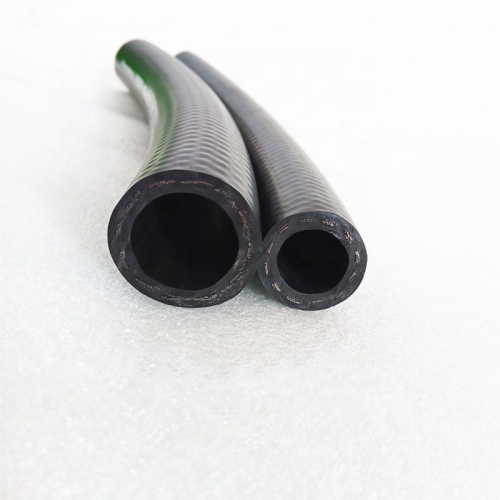335345435
Aug . 29, 2024 01:59 Back to list
Hydraulic Hose Pipe Fittings - Comprehensive Solutions for Fluid Transfer
Understanding Hydraulic Hose Pipe Fittings A Comprehensive Guide
Hydraulic hose pipe fittings are essential components in hydraulic systems, providing vital connections that ensure the effective transfer of fluids under pressure
. These fittings are designed to facilitate the reliable operation of various machinery by connecting hydraulic hoses to other system components, such as pumps, valves, and cylinders.Hydraulic hoses are typically made from flexible materials like rubber or thermoplastic, reinforced with layers of fabric or steel to withstand high pressure. The choice of fitting is crucial because it must accommodate the specific size and working pressure of the hose, ensuring leak-free connections and durability in harsh environments.
There are several types of hydraulic hose fittings, each tailored for different applications. The most common types include crimp fittings, threaded fittings, and push-to-connect fittings. Crimp fittings are widely used due to their strength and reliability; they involve compressing a metal sleeve around the hose to secure it in place. Threaded fittings, on the other hand, utilize male and female threads to create a mechanical seal, offering a secure connection that can be easily disassembled for maintenance. Push-to-connect fittings, known for their convenience, allow hoses to be connected and disconnected with minimal effort, making them ideal for applications requiring frequent changes.
hydraulic hose pipe fittings pdf

When selecting hydraulic hose pipe fittings, several factors should be considered. The first is the compatibility of the materials; it's crucial to ensure that the fittings and hoses are made of materials that can withstand the same temperature and pressure conditions. Additionally, the fitting size must match the hose diameter to prevent leaks or failures. Lastly, consider the operating environment; corrosive substances, extreme temperatures, and physical stress can all affect the longevity and performance of fittings.
Installing hydraulic hose fittings requires precision and attention to detail. It is vital to follow manufacturer guidelines to ensure that the fittings are applied correctly. Improper installation, such as over-torquing threaded fittings or failing to crimp fittings adequately, can lead to catastrophic failures, resulting in system downtime and potential safety hazards.
Regular maintenance and inspections of hydraulic fittings are also essential to identify signs of wear, corrosion, or leakage. By identifying issues early, you can prevent more significant problems that could lead to costly repairs or unsafe working conditions.
In conclusion, hydraulic hose pipe fittings play a critical role in the efficiency and safety of hydraulic systems. By understanding the various types of fittings, installation procedures, and maintenance practices, operators can optimize the performance of their hydraulic equipment and extend its lifespan.
-
SAE 100 R17 Black Smooth Cover Hydraulic Hose
NewsMar.07,2025
-
SAE 100 R17 Black Smooth Cover Hydraulic Hose
NewsMar.07,2025
-
SAE 100 R17 Black Smooth Cover Hydraulic Hose
NewsMar.07,2025
-
SAE 100 R17 Black Smooth Cover Hydraulic Hose
NewsMar.07,2025
-
SAE 100 R17 Black Smooth Cover Hydraulic Hose
NewsMar.07,2025
-
steel wire braided hydraulic hose
NewsMar.07,2025



